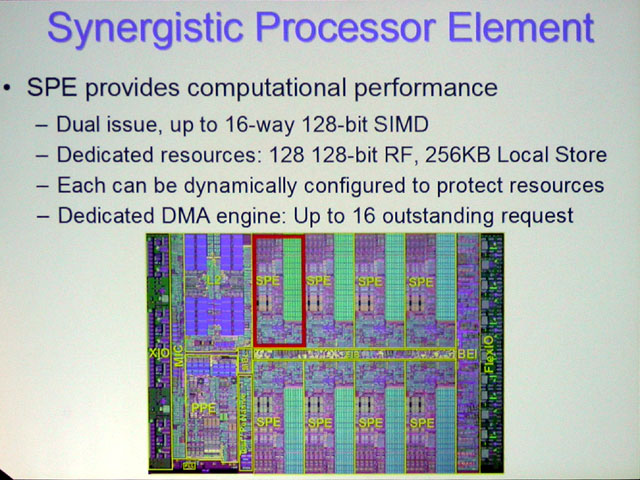20.3 A Double-Precision Multiplier with Fine-Grained Clock-Gating Support for a First-Generation CELL Processor
9:30 AM
J. Kuang(1), T. Buchholtz(2), S. Dance(2) , J. Warnock(3), S. Storino(2), D. Wendel(4)
1 - IBM, Austin, TX
2 - IBM, Rochester, MN
3 - IBM, Yorktown Heights, NY
4 - IBM, Böblingen, Germany
A double-precision multiplier for a 90nm SOI CELL processor is presented. Dynamic Booth logic is designed for scalability and with noise, leakage, and pulse-width variation tolerance. Static partial-product compression is implemented with replicated bits for performance. The design supports fine-grained clock gating domains for active power reduction.

